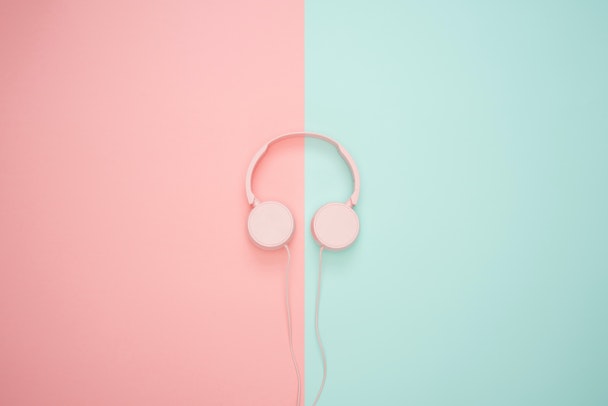Can commercial radio and podcasting go hand-in-hand?
We talk to podcast company Acast about the collision of audio content, and whether we miss a vital part of the conversation when we pit podcasts against radio.

Do we miss the total audio opportunity by only talking about one format?
The latest UK radio audience figures from Rajar demonstrated that two-thirds of audiences now listen to radio on digital devices. DAB accounts for 43% of that total, while online and in-app makes up 18%. That means that almost a fifth of all radio listenership occurs on devices such as phones or desktop devices. Those platforms are format agnostic and audiences are just as likely to listen to non-radio audio – if they even make a distinction.
It’s an acknowledgement that the audio space is colliding, with the lines between radio content, podcasts, audiobooks and more being erased by user habit. As a result there is a huge commercial opportunity to reach audiences that consume ‘audio’ more widely on those devices.
Podcast company Acast saw a 51% increase in listeners across its network in 2020 in addition to a 250% increase in revenue from branded content in 2020. Its UK head of sales Josh Woodhouse believes that is due in large part to an influx of new genres into the podcasting space – which in turn is attracting radio producers to launch commercial podcasts.
“So although podcasts do offer a comprehensive coverage across all age brackets, we’ve definitely seen increases in listenership among younger audiences, and perhaps ... those spending less time with commercial radios,” he says.
“And one of the main reasons behind this, and definitely one of the reasons why I think we’ve seen a lot of radio channels move into the podcast space, is the scale of diversity and content being offered across the board.”
It is that additive nature of podcasting audiences, combined with the undifferentiated nature of audio on digital platforms, that is responsible for advertiser interest. Woodhouse points to a YouGov study, which demonstrates that 87% of regular podcast listeners are ‘light or non’ commercial radio listeners as an example of the scale of opportunity.
Audience data in audio
Additionally, as the pandemic wore on, the morning peak for commercial radio listenership moved later in the morning as the commute disappeared, while the peak for podcast listenership remained the same, suggesting a stickiness to the medium that is attractive to advertisers – as is the hard data available through digital listenership.
Woodhouse argues: “It’s really important that people don’t fall into the trap of ‘reach equals results’ because it can become another kind of easy route for planners, buyers and marketers across the globe to look at these huge reach numbers for commercial radio. But actually when you think about what we call the ‘attention economy,’ which is something that we do, and you’re looking at the actual efficiency of that reach in delivering accountable reaction [and the] quality of that impression and the level of impact you’re able to generate, that’s where podcasting really is a league of its own.”
In order to demonstrate the effectiveness of the advertising, Acast partners with both the IAB and Nielsen in order to provide a holistic view of listenership across its platforms. It’s a recognition of the fact that digital audio’s great advantage is the addressable data it can provide in terms of habits, and builds upon the self-selected nature of podcast audiences.
Podcast ad spend in the US alone is forecast by Forrester to rise from $758m last year to $2.4bn in 2025. That’s driven in part by the growing audience, but also by the maturity of the tech that allows for ad segments to be swapped and sold programmatically. Acast is seeking to take advantage of being an early mover in the dynamic ad insertion space, investing in hiring a dedicated head of automation – Elli Dimitroulakos – for its Acast Automated product back in January this year.
Woodhouse says ad spend growth is also because brands have recognized the potential for their own branded and sponsored podcasts that trade on the relationship between host and listener: “[Brands] actually embedding themselves into the editorial fabric of the show is incredibly, incredibly popular. It allows that element of partnership with the actual show itself, but also it allows for a brand to have a longer-form conversation with a consumer, which again can deliver a heightened level of impact, especially when trying to alter perhaps the way a consumer uses a brand.”
Despite that, Woodhouse is keen to stress that podcasting’s success does not come at the expense of commercial radio. Instead, he argues, the fact that audio content of all stripes sits alongside all others provides increased options for advertisers. The ability to have a holistic view of the digital audio space is a rising tide that floats all boats: while audiences on podcasting might skew younger, that agnostic nature of audio consumption on digital devices is a growth industry for all concerned.

